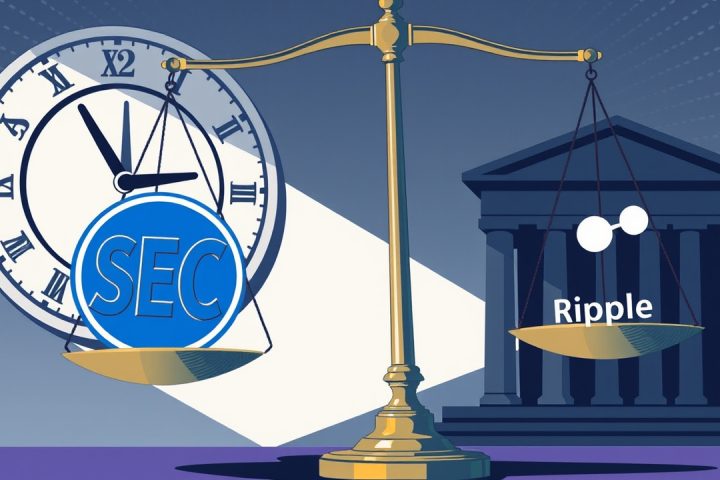Introduction
A recent initiative to repeal Bitcoin’s 80-byte limit on script opcodes has ignited a lively debate within the cryptocurrency community, leading some to dub it the “OP_RETURN War of 2025”. This controversy came to a head last Thursday with the creation of block 896,696 on the Bitcoin blockchain, which was dominated by a massive non-standard OP_RETURN entry containing the entire block’s data through a single transaction.
The Growing Discussion
The discourse surrounding this proposal is not confined to software developers; it has spread across social media, drawing varied opinions from Bitcoin enthusiasts. Alongside this discussion, multiple participants are utilizing OP_RETURN transactions as a medium for creative messages and artistic expression, suggesting a possible shift in Bitcoin’s functionality away from mere P2P transactions towards a platform that can also store data such as images.
OP_RETURN enables users to insert unspendable data into the Bitcoin blockchain, and although the maximum size for such data is currently set at 80 bytes, proposals to lift this restriction have gained momentum. Some argue that doing so could prevent the necessity for complex workarounds, while others fear it may lead to an increase in spam on the blockchain. For those interested, an informative article delves deeper into the intricacies of OP_RETURN transactions and the major contentions surrounding the current proposal.
Relay Policies and Individual Node Standards
As these discussions unfold, it’s important to note that the alteration of OP_RETURN practices is mainly an issue of relay policies — meaning that individual nodes can enforce their own standards. A notable example of this was on May 15, when a group called The Wizards of Ord seized the opportunity to create block 896,696, which proudly displayed 3,333 of their inscriptions, claiming it to be the largest OP_RETURN to date.
Their transaction, which filled an entire block with nearly 1 megabyte of non-financial data, circumvented typical node restrictions by categorizing the outputs as non-standard and directly transmitting it to the Marathon mining pool, which chose to include it in the block despite standard rules.
In this specific instance, the transaction didn’t involve any actual bitcoin transfer; rather, it served purely as a vessel for data encapsulation. However, blocks like this can attract miners due to the associated fees, enticing them to process transactions even if they aren’t ideally efficient.
Emergence of OP_RETURN Transactions
The emergence of groundbreaking OP_RETURN transactions aligns with a rise in the adoption of the Bitcoin Knots node implementation, which, unlike the upcoming Bitcoin Core release, retains features that allow users to manage and modify OP_RETURN settings more subtly. The number of nodes operating on Bitcoin Knots has surged to around 2,000, a significant increase from 600 earlier this year, although it still falls short compared to the nearly 19,500 currently running Bitcoin Core.
These developments indicate a shift in the way Bitcoin’s role is perceived, showcased by the inventive use of OP_RETURN as a canvas for communication. As miners and nodes adapt in response to evolving policies and user creativity, the Bitcoin network appears to be in a state of gradual transformation, testing its limits regarding functionality and user engagement on a byte-by-byte basis.




